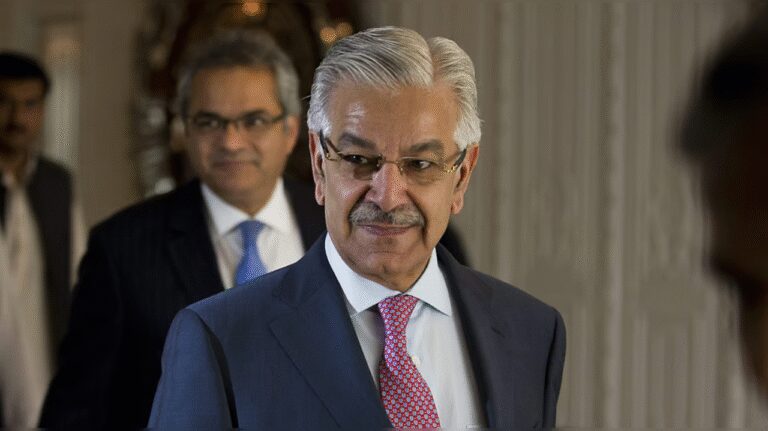The tax is part of America’s ‘One Big Beautiful Bill,’ which wants it collected by enablers of overseas transfers and deposited with the US Treasury. This awkward idea hints of a government in a flap over revenues falling shorter than it might have hoped. America’s mop-up from tariffs, for example, may not help all that much to keep its fiscal deficit and debt burden in control, while spending cuts have limits. Has this left Washington in a scramble?
Also Read: High-value, white-collar inflows have led a shift in India’s inward remittances
While the proposed tax is widely applicable, India in particular should worry about its impact. We have been the world’s top recipient of foreign remittances for nearly two decades, with estimated inflows of $129 billion in 2024, according to the World Bank. Second-placed Mexico received $68 billion, while China got $48 billion. Moreover, the US is our biggest source of such money, making up over a quarter of overall flows in 2023-24, as shown by a study by the Reserve Bank of India (RBI).
A rough estimate suggests over $32 billion was sent from the US last year. If we assume that most of it was from Indian citizens in the US on work visas who have family back home, a hole larger than $1 billion could get blown in their collective wallets. The tax may also slow remittances down. It is bad enough that Indians on jobs in America must pay social security charges even if they will not be around to claim its lifelong benefits.
Also Read: Mint Quick Edit | Celebrate remittances but cheapen them too
In any case, overseas money transfers are costly, with fees taking an average of almost $10 for $200 sent home to India, as RBI’s study of 2023 data found. It’s unclear whether the use of cryptocurrency as an alternative that’s free of fees—but risky—has made regular channels any cheaper since then.
What makes the US tax proposal even more remarkable is the crypto context. While digital tokens lie in a grey zone and lack official approval for remittances, their technology shows how easy and costless global transfers can be. Indeed, the world must embrace central bank digital currencies that are mutually convertible both cheaply and quickly. But inertia, legacy interests and reversals of globalization have slowed this transition.
What the US ought to consider is whether its policies ease or disrupt the movement of money. A remittance tax is not counted as a capital control, but its liberty reduction and incentive distortion would place it broadly in the same bracket. So, if the inequity of its design is one problem, what it says of an economy that thrives on liberal rules for finance is another.
Also Read: Mint Quick Edit | America’s credit rating slip: How serious?
In a worst-case scenario, the signal of a dollar that’s not so easily convertible could join other adverse economic factors—some of which have already caused shudders in financial markets and hurt US bond prices—to cast a shadow on its supremacy. In general, if the US dollar’s utility were to decline as a store of value and medium of exchange, it could take a toll on America’s ‘exorbitant privilege’ of borrowing money from abroad at very low rates of interest.
These risks may seem abstract or far-off, but mustn’t be overlooked. Without liberal policies, the US exposes its economy to self-harm. A remittance tax is a lose-lose idea. It’s neither big nor beautiful. America should reject it.





